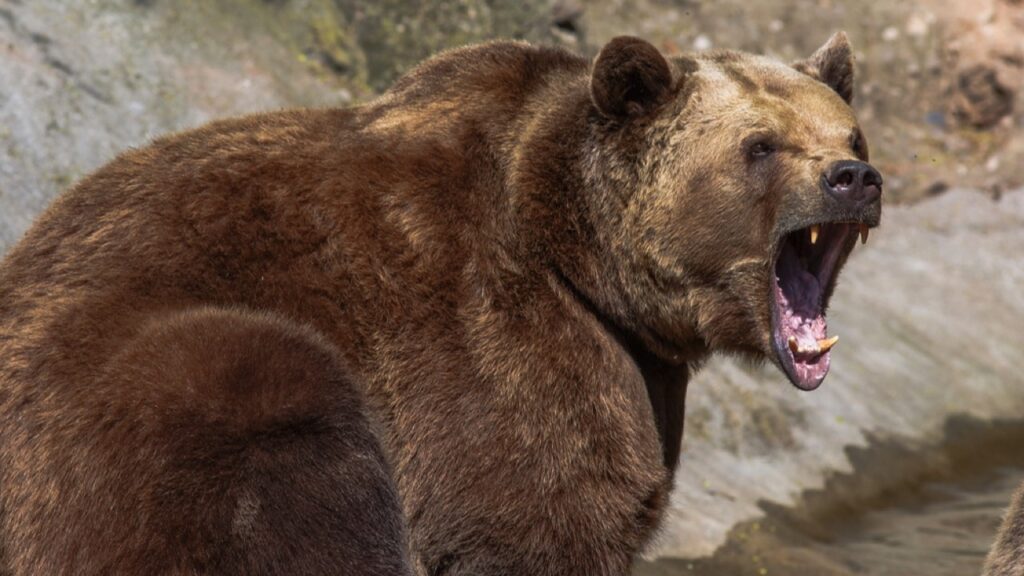There are over 8 million different species on earth, about 6 million on land and around 2 million ocean creatures. Most live harmoniously with us, but some have earned a reputation for being deadly to humans. We have put together a list of the 18 most deadly animals, ranked by kill rate, and some animals that made the list may surprise you.
Jellyfish – 40 Deaths per Year
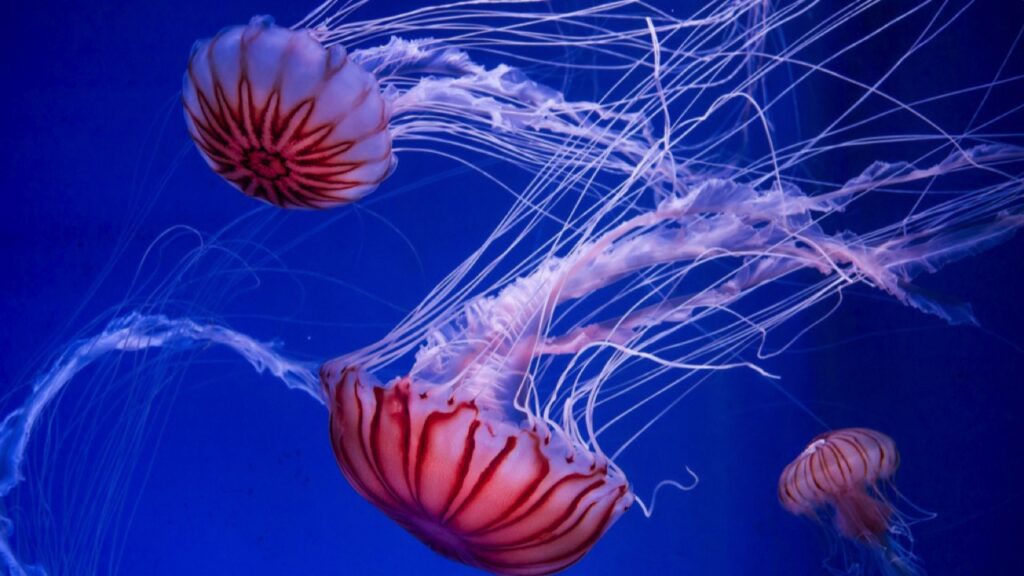
Jellyfish look delicate and beautiful, but some species are some of the most deadly creatures in the ocean. Most are harmless, but some, like the box jellyfish, have tentacles that deliver venomous stings that can be life-threatening.
Bee – 60 Deaths per Year
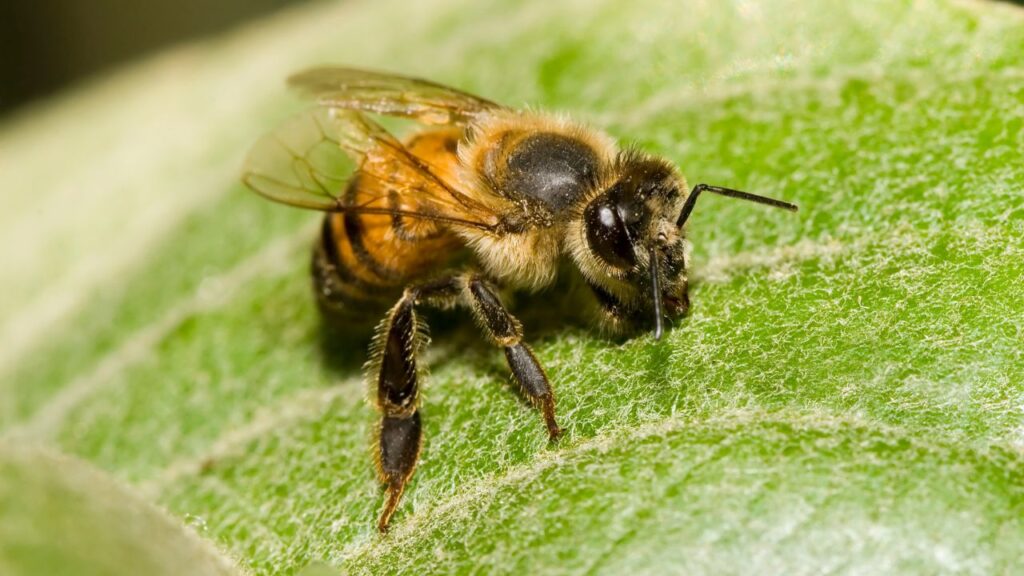
Bees play a crucial role in pollination and produce delicious honey. But, they can be extremely dangerous when provoked. For anyone with a bee allergy, a single sting can cause anaphylactic shock, which can be fatal. Multiple stings can be dangerous to anyone, even those without a bee allergy.
Deer – 130 Deaths per Year
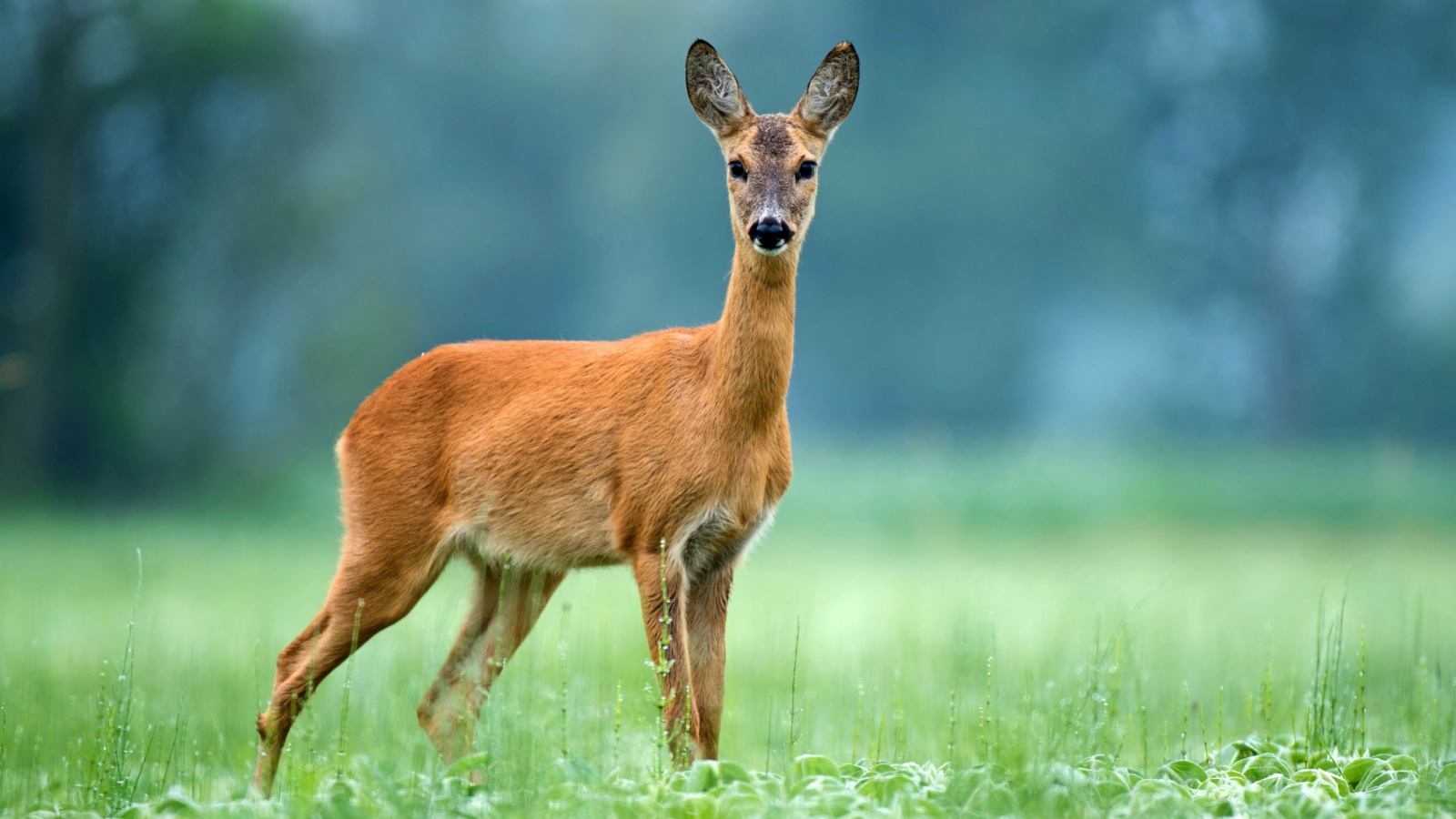
Deer are very skittish, and it’s this nature that leads to so many deaths each year. Anyone who drives down country roads at night has likely had to swerve to avoid hitting a deer that’s been frozen in fear by headlights.
African Cape Buffalo – 200 Deaths per Year
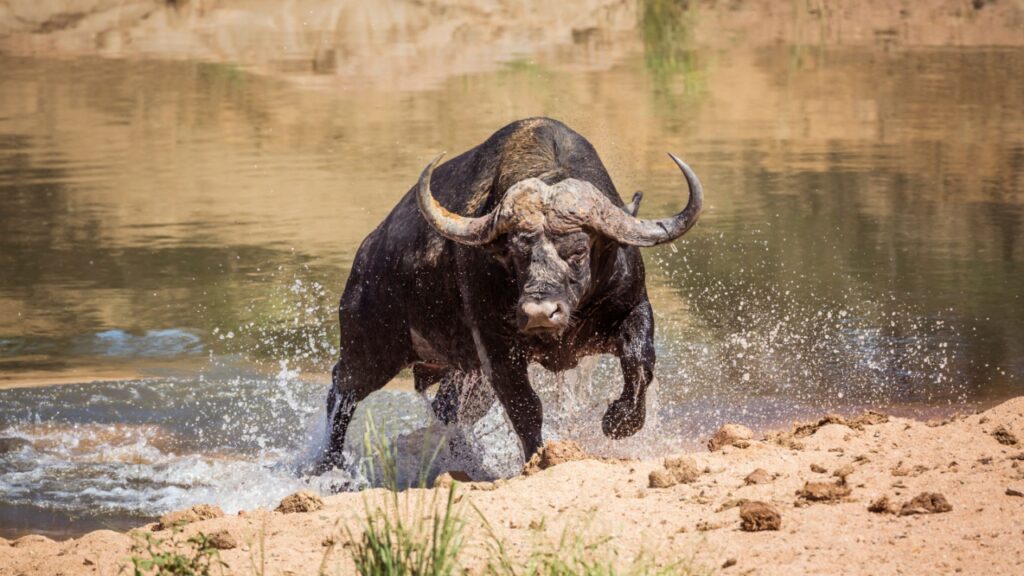
You can buy African Cape buffalo hunting trips online. But it’s important to know that the large males move away from the herd to keep watch and will attack anything they consider a threat from behind.
Lion – 250 Deaths per Year
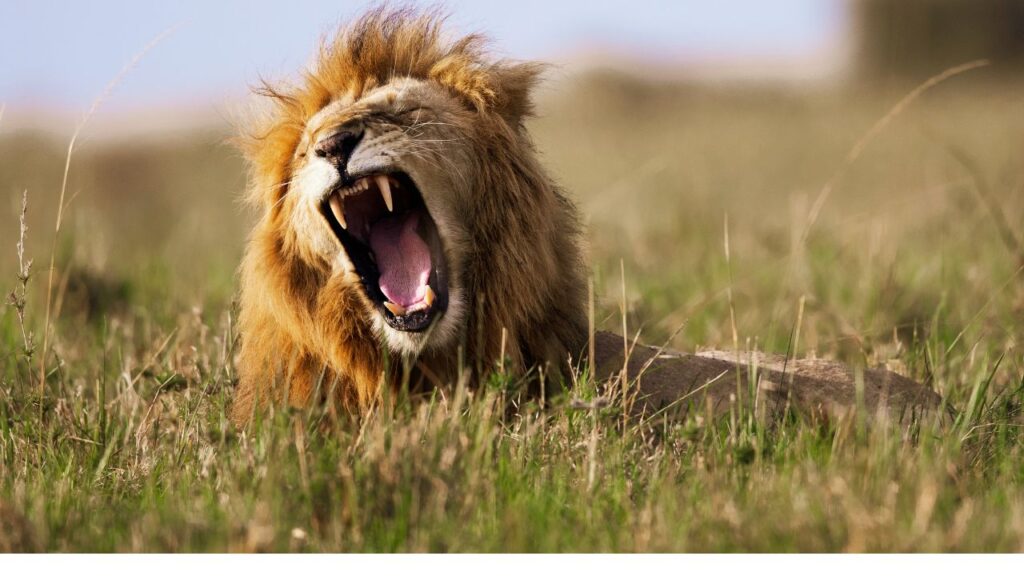
Lions are predators and may consider humans as prey. Lions are often drawn to human settlements, especially when humans have encroached into the lion’s habitat and there’s not much natural prey left. They are attracted to livestock, the scent of food and even garbage.
Elephant – 500 Deaths per Year
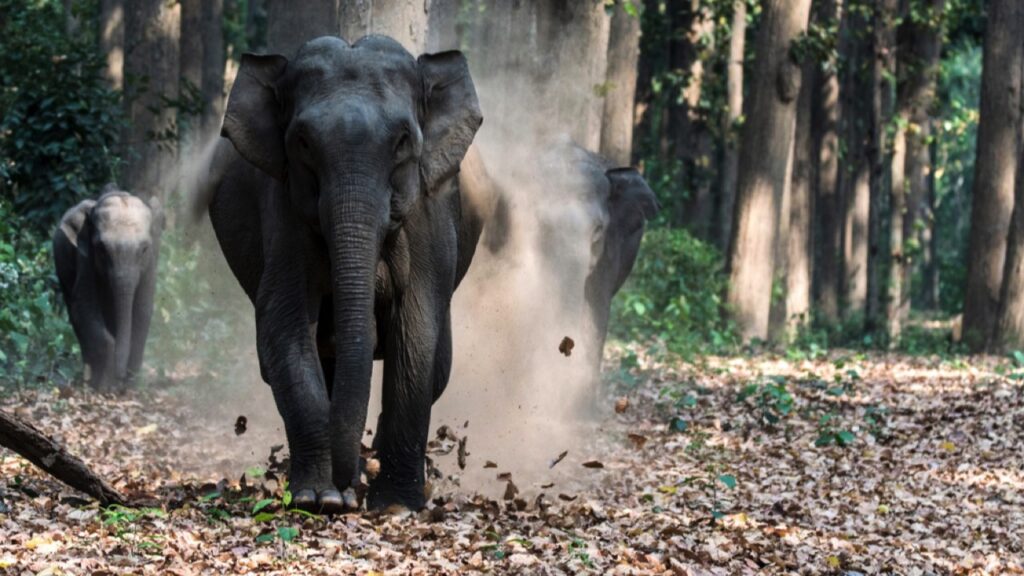
The world’s largest land mammals, elephants usually only become dangerous when provoked. They attack when their habitats are being encroached upon or when they feel threatened.
Hippopotamus – 500 Deaths per Year
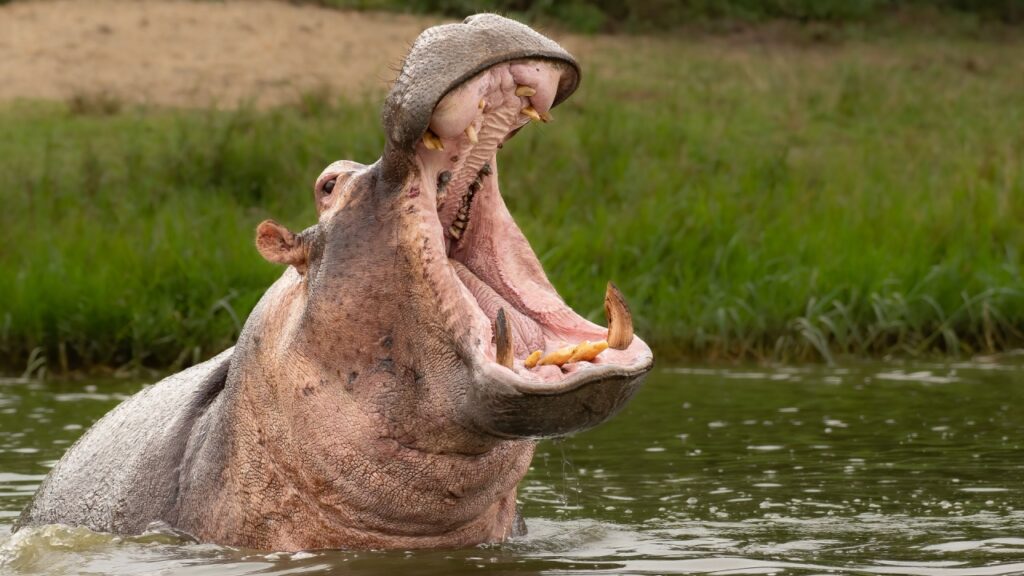
Hippos may seem docile, but they are one of the most dangerous large mammals in Africa. They are extremely territorial and will fight to protect their space, especially when in the water. They have charged at vehicles and boats, causing injuries and fatalities.
Crocodile – 1,000 Deaths per Year

Crocodiles are stealthy and powerful and in waterways where crocs and people meet, fatal attacks are quite common. Crocs are super fast and can ambush their prey extremely quickly.
Tapeworm – 2,000 Deaths per Year
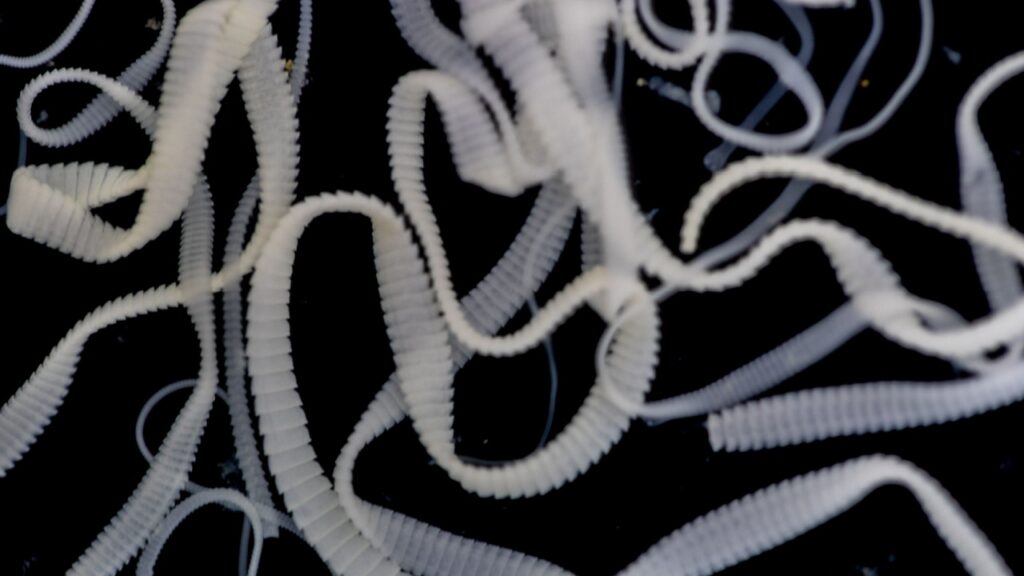
Tapeworms are parasitic flatworms, usually contracted by eating contaminated food or drinking contaminated water. Once in the body, tapeworms can grow up to 12 feet or longer and live for years, causing a range of health problems such as malnutrition, abdominal pain and seizures.
Scorpions – 3,500 Deaths per Year
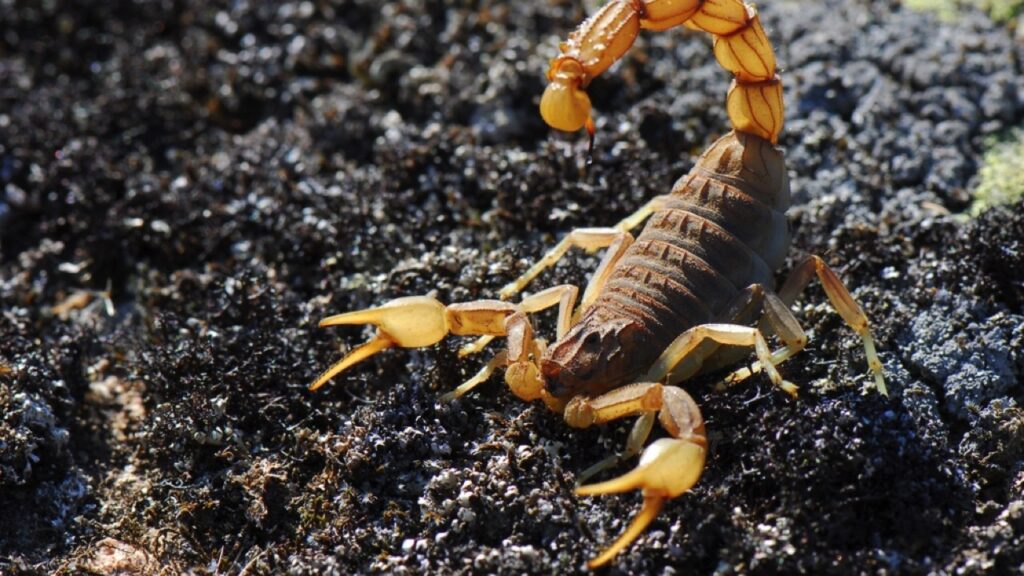
Scorpions look creepy and have a painful sting that can cause swelling, numbness and severe pain. Sometimes, a sting can cause life-threatening problems. Because scorpions hide under rocks and in shoes or clothing, human encounters are quite common.
Ascaris Roundworm – 5,000 Deaths per Year
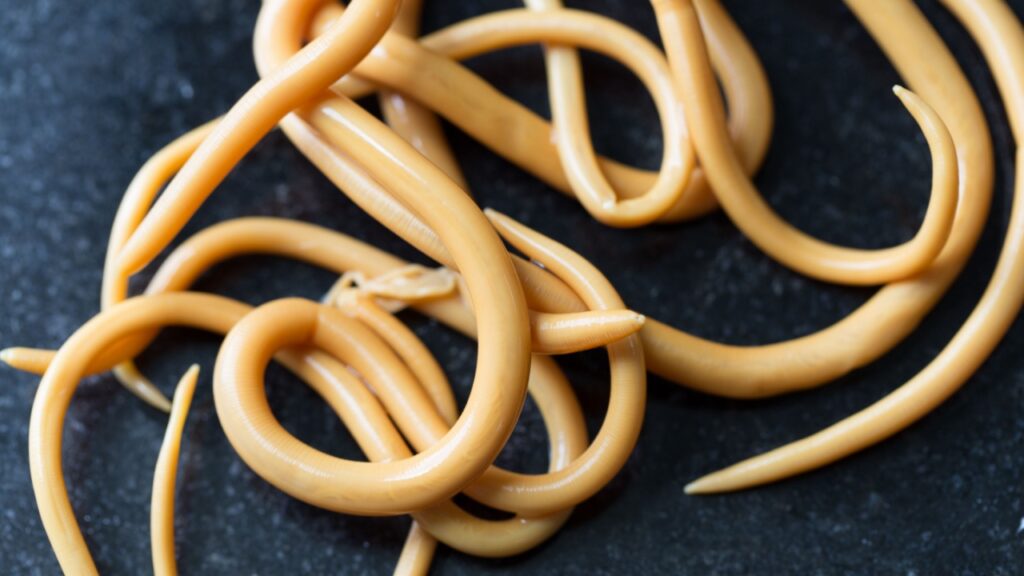
Also known as intestinal worms, ascaris roundworms are common in areas with poor sanitation. They typically enter the body through contaminated food, soil or water. Infections can cause stunted growth, malnutrition and developmental delays in children.
Assassin Bug – 7,000 Deaths per Year
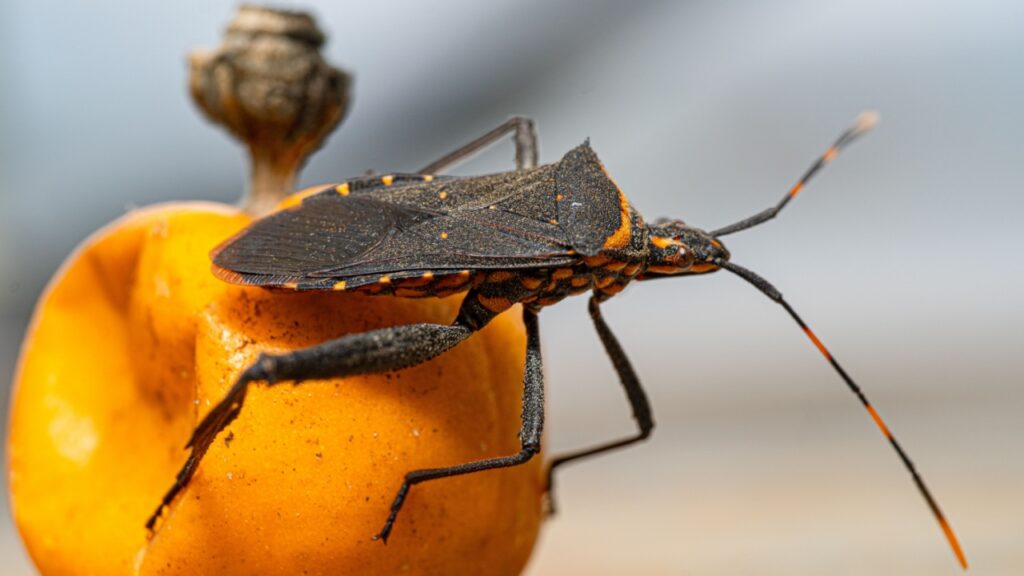
The kissing bug, which is a type of assassin bug, can transmit a parasitic disease called Chagas to humans. These insects feed on blood, are nocturnal and usually bite around the face or lips, which is how they got their name. The bits are usually painless, but the disease they carry can cause chronic health problems, including digestive and heart problems.
Freshwater Snail – 10,000 Deaths per Year

Snails don’t look scary, but freshwater snails can transmit a parasitic disease known as schistosomiasis. If someone comes into contact with water inhabited by infected snails, they can contract the parasite. Symptoms include abdominal pain, fever and cough.
Dogs – 13,000 Deaths per Year
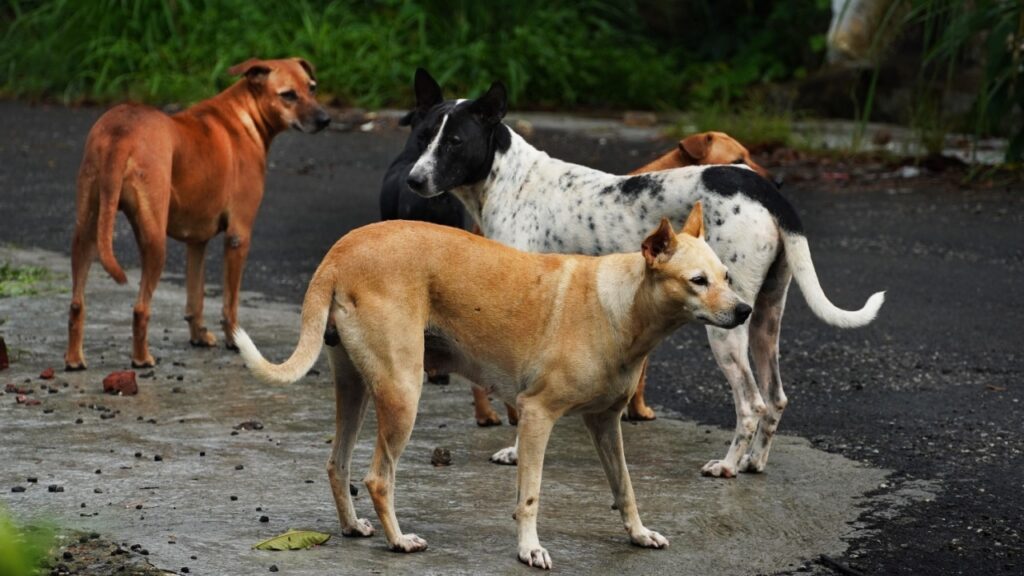
Man’s best friend isn’t always friendly, and dog attacks can cause serious injuries, or even death. But, the bigger threat from dogs is rabies, a viral disease that can be transmitted through a scratch or bite and affects the central nervous system.
Sandfly – 14,000 Deaths per Year
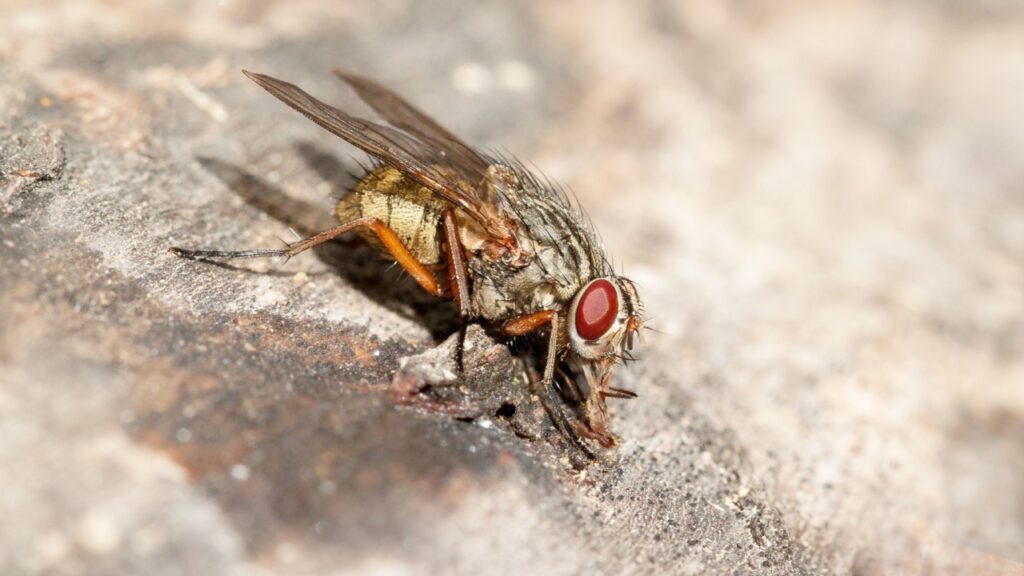
Sandflies are tiny insects that pack a punch. Found in many places around the world, sandflies carry Leishmaniasis, a group of parasitic diseases that can affect the mucous membranes, skin and internal organs.
Snakes – 75,000 Deaths per Year
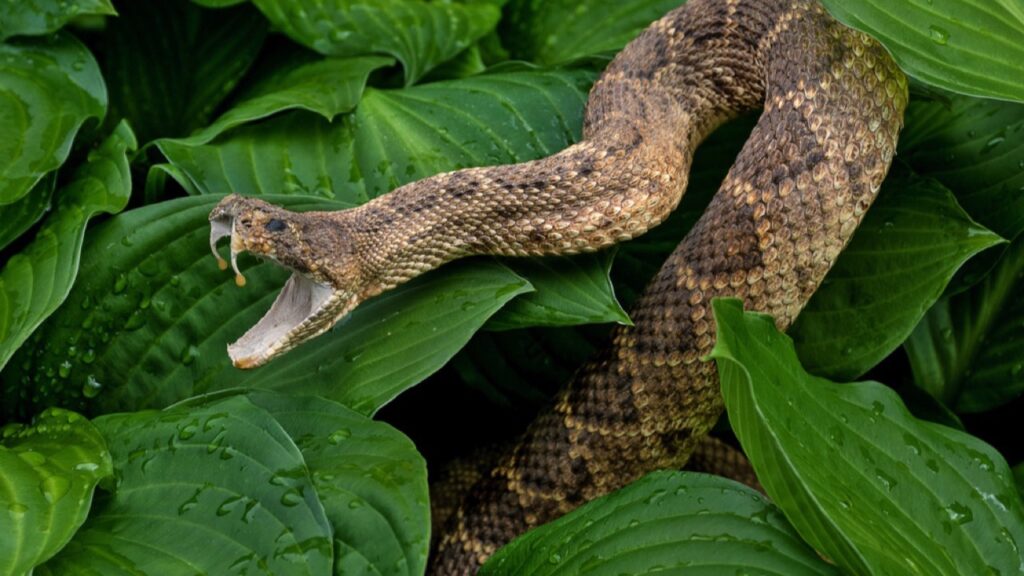
Snakes play an important role in many ecosystems, but venomous snakes are extremely dangerous. Snakes like the cobra, viper and rattlesnake produce toxins that can cause symptoms that include pain, tissue damage, swelling, difficulty breathing, bleeding and paralysis.
Humans 540,000 Deaths per Year

Unfortunately, humans are the second deadliest species, causing thousands of deaths a year through accidents, conflicts and homicides. These statistics show the tragic consequences of violence and war and highlight the need for conflict resolution and peace.
Mosquito – 780,000 Deaths per Year
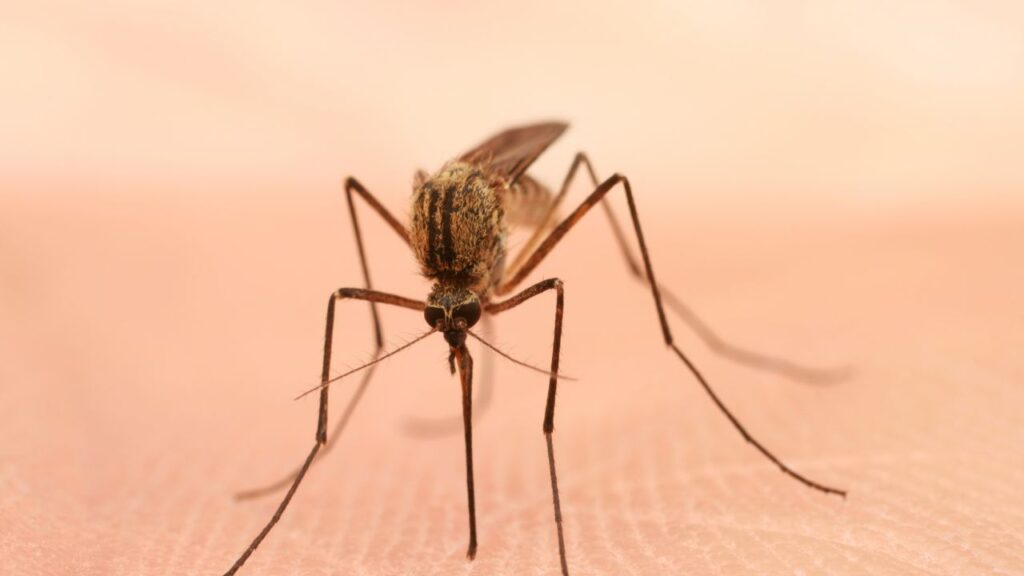
The most deadly animal in the world is the mosquito. These blood-sucking creatures carry diseases like malaria, Zika virus, dengue fever and West Nile virus through their bites. Many mosquito-borne diseases are treatable or preventable, but they can be devastating, especially in tropical regions.

